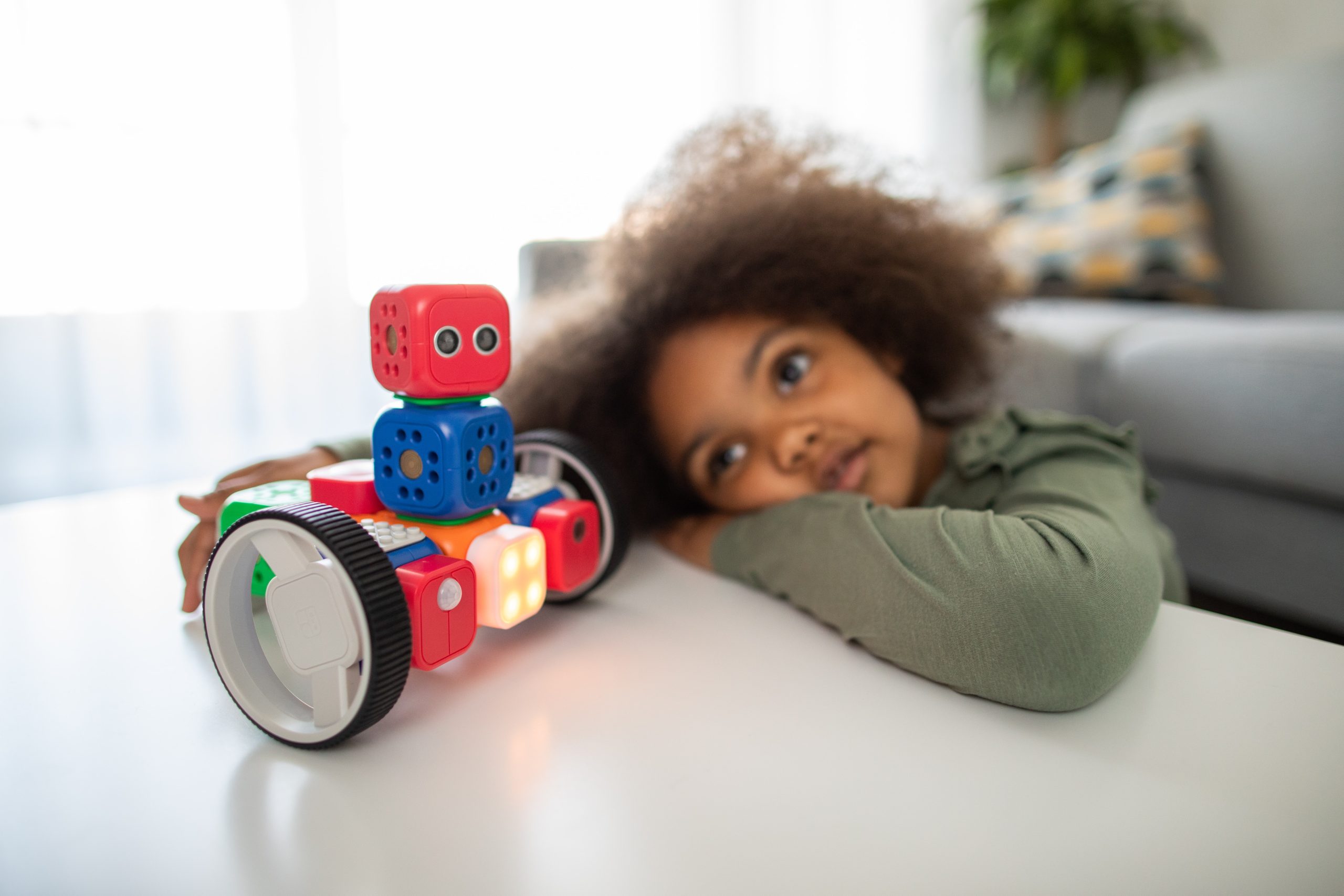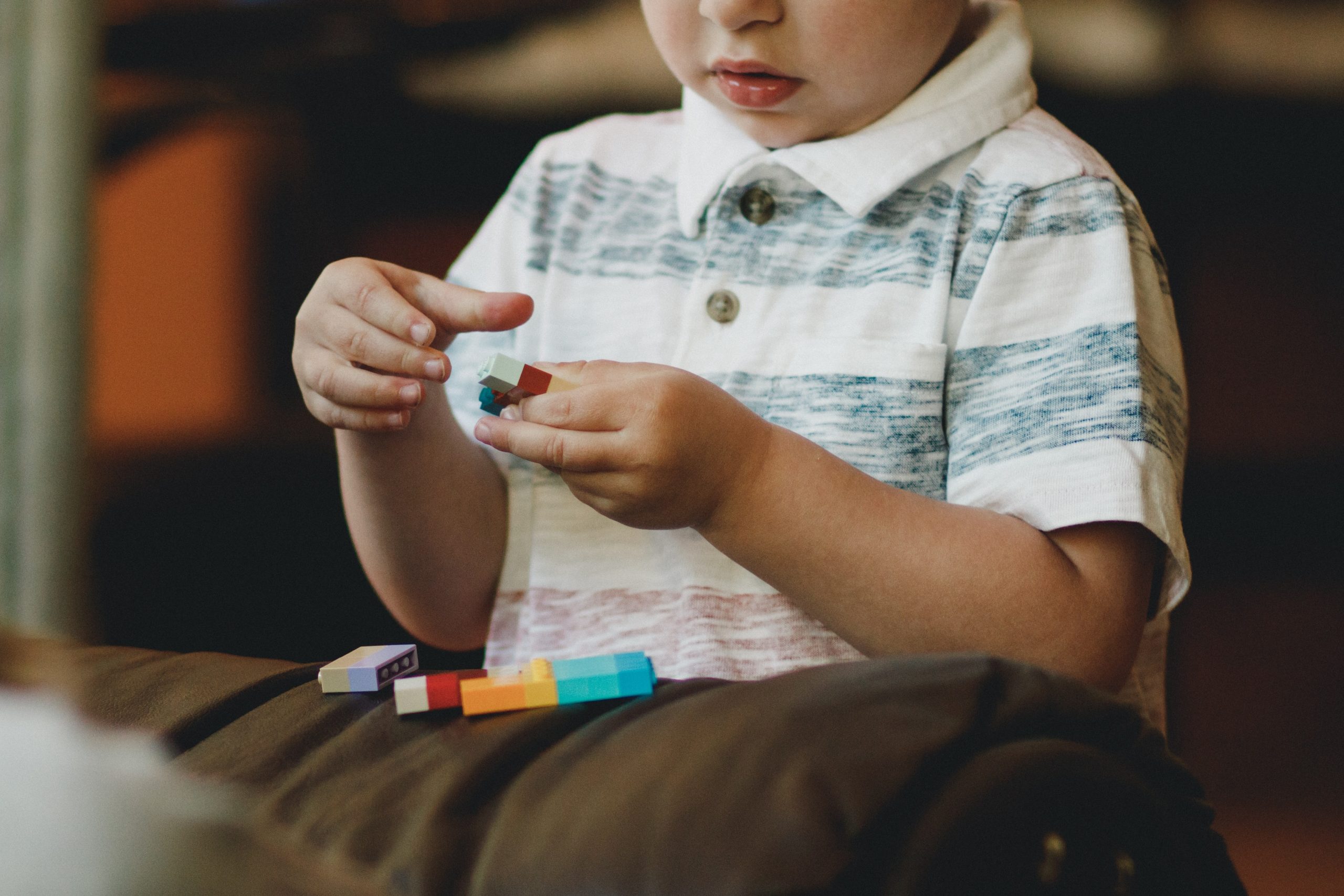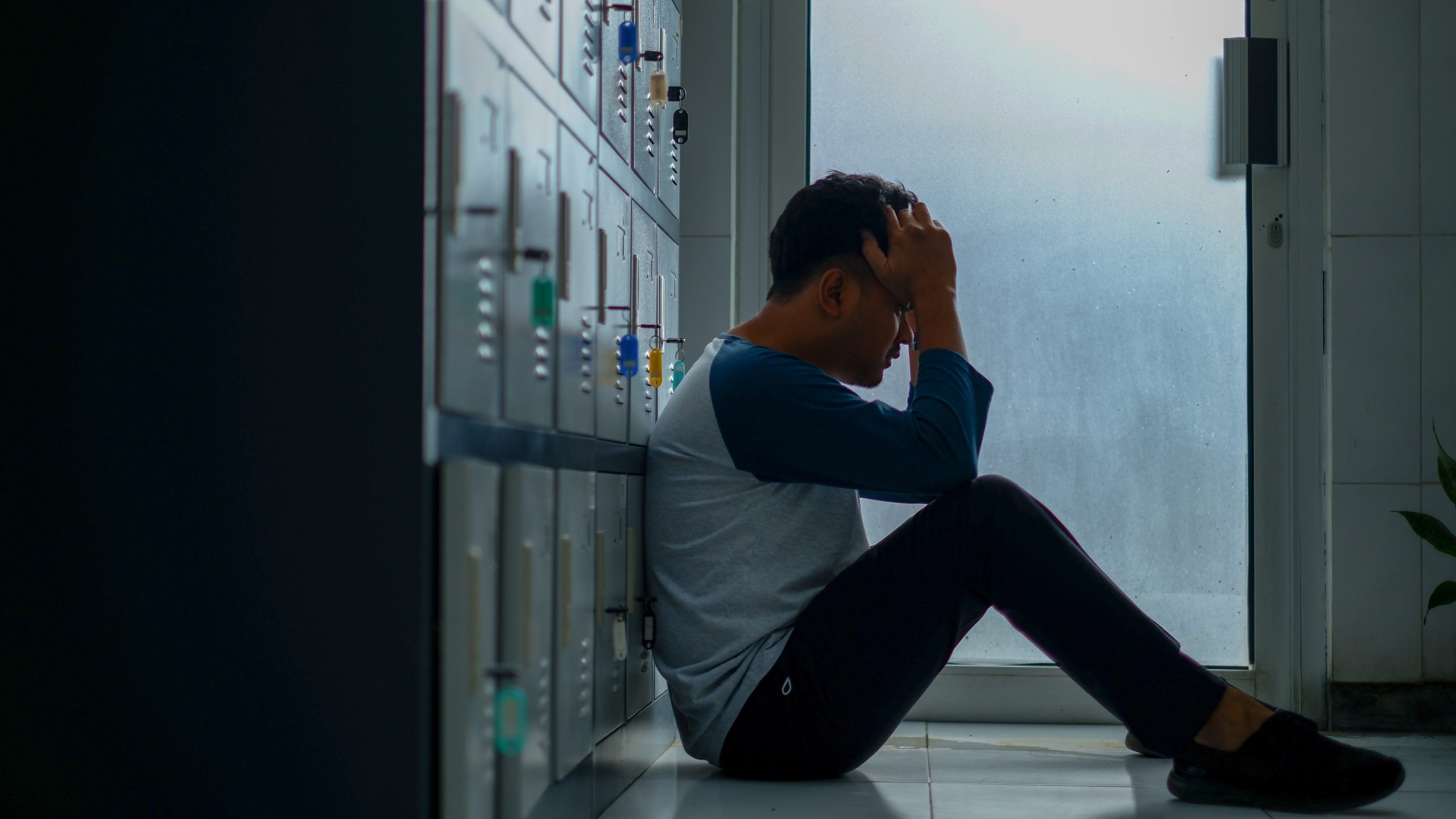According to the Centers for Disease Control and Prevention (CDC), approximately 9.8% of children in the United States, aged 3-17 years, have been diagnosed with ADHD (using data from 2016 to 2019) and boys are more likely to be diagnosed with ADHD than girls.
ADHD can have a significant impact on a child’s life, especially if left untreated. Growing up with ADHD was more challenging in the past, because of a lack of awareness of mental health issues, especially in children. Unfortunately, created everlasting problems in children with ADHD – they did not receive the care and support they needed and were subjected to abuse and ridicule because parents and society could not understand their behavior.
However today, with increased awareness and understanding of ADHD, children born in the modern era receive better care and support from the very beginning. As a concerned parent, it’s crucial to have the necessary information to ensure your child receives the best care possible.
In this article, we will explore ADHD and its impact on children’s lives, providing parents with valuable information to ensure their child receives the best care possible.
What is ADHD?
ADHD stands for Attention-Deficit/Hyperactivity Disorder. It is a neurodevelopmental disorder that affects both children and adults. ADHD is characterized by a persistent pattern of inattention and/or hyperactivity-impulsivity that interferes with daily life and development.
Attention Deficit / Inattention
Inattention refers to difficulty in staying focused, being easily distracted, forgetfulness, and poor organization.
Hyperactivity-impulsivity
Hyperactivity-impulsivity includes excessive physical activity, restlessness, impulsiveness, interrupting others, and difficulty waiting for one’s turn.
ADHD can have a significant impact on academic, social, and occupational functioning, but with appropriate treatment, people with ADHD can learn to manage their symptoms and thrive in their personal and professional lives. Treatment options may include medication, behavioral therapy, and educational interventions.

Types of ADHD
The three subtypes of ADHD recognized in the Diagnostic and Statistical Manual of Mental Disorders (DSM-5) are:
- ADHD Predominantly Inattentive Presentation – characterized by symptoms of inattention, such as difficulty paying attention, forgetfulness, disorganization, and a tendency to lose things.
- ADHD Predominantly Hyperactive-Impulsive Presentation – characterized by symptoms of hyperactivity and impulsivity, such as fidgeting, restlessness, excessive talking, interrupting others, and difficulty waiting their turn.
- ADHD Combined Presentation – characterized by a combination of both inattentive and hyperactive-impulsive symptoms and is the most common type of ADHD.
Causes of Attention Deficit-Hyperactivity Disorder (ADHD)
The exact cause of attention deficit hyperactivity disorder (ADHD) is not yet fully understood. However, research suggests that the disorder is caused by a combination of genetic, neurological, and environmental factors.
- Genetic Factors – ADHD appears to run in families, suggesting that genetics plays a role in its development. Studies have found that people with ADHD are more likely to have relatives with the disorder or with other mental health conditions.
- Neurological Factors – ADHD is thought to be related to differences in brain development and function. Certain parts of the brain responsible for attention, impulsivity, and hyperactivity may be less active or smaller in individuals with ADHD.
- Environmental Factors – Factors such as premature birth, low birth weight, exposure to toxins during pregnancy, and a difficult or stressful upbringing may also contribute to the development of ADHD.
Effective Treatments and Strategies for a Brighter Future
Treatment for ADHD typically involves a combination of medication, therapy, and lifestyle change. The specific approach may vary depending on the individual’s age, symptoms, and other factors. Here are some common treatments for ADHD:
Behavioral therapy
This type of therapy involves working with a therapist to learn skills and strategies to manage ADHD symptoms. This may include techniques to improve organization, time management, and coping skills.
Parent training and education
Parents of children with ADHD may benefit from education and training on how to manage their child’s symptoms at home. This can include strategies for improving behavior, communication, and setting up a structured routine.
School accommodations
Children with ADHD may benefit from accommodations at school such as extra time on tests, preferential seating, or breaking down assignments into smaller tasks.
Lifestyle changes
Certain lifestyle changes may also help manage ADHD symptoms. This may include regular exercise, a healthy diet, getting enough sleep, and reducing exposure to environmental toxins.
Medication
Before starting any medication for ADHD, it’s important to discuss the risks and benefits with a healthcare professional. The decision to use medication should be made on a case-by-case basis and should consider the individual’s symptoms, medical history, and other factors. Regular monitoring and follow-up appointments with the healthcare provider are also important to ensure that the medication is working effectively and to monitor for any side effects.
Training through Playtime
Playing with an ADHD child can be very helpful for both the child and the caregiver. Children with ADHD often struggle with impulse control, hyperactivity, and inattention, which can make it challenging for them to engage in structured activities or focus for extended periods.
Play provides a more flexible and unstructured environment for children with ADHD to learn and practice important skills, such as socialization, self-regulation, and problem-solving. When playing with an ADHD child, caregivers can also incorporate specific strategies to help them develop these skills, such as:
- Establish clear boundaries and expectations for behavior during playtime and communicate them clearly and consistently.
- Providing the child with a variety of choices for play activities can help them feel more in control and engaged.
- Using structured play activities, such as board games or puzzles, can help the child learn to focus and regulate their behavior.
- Offering praise and positive feedback for appropriate behaviors during playtime can help the child build self-esteem and reinforce positive behavior.
Playing with an ADHD child can be a fun and rewarding experience for both the child and the caregiver and can help the child develop important skills for success in school and life.
Stay Calm in the Storm
“ADHD is not a deficit of attention; it is a problem with regulating one’s attention span to desired tasks.”
– Russell A. Barkley
A child with ADHD can be challenging, but with the right strategies and support, both the parents and the child can thrive. Remember to prioritize self-care and seek out resources and support when needed. Medication may help control symptoms for some, others may benefit from a combination of different treatment techniques. Treatment for ADHD is an ongoing process, so it is important to work closely with a healthcare professional to develop a plan that is right for the child.
With patience, understanding, and a willingness to learn and adapt, parents and teachers can help children with ADHD reach their full potential and lead happy, fulfilling life.
Like What You Read?
- Connect with us, here.
- Have a question? Ask us.
- Read more, check out: Success Stories of 10 Celebrities with Dyslexia






